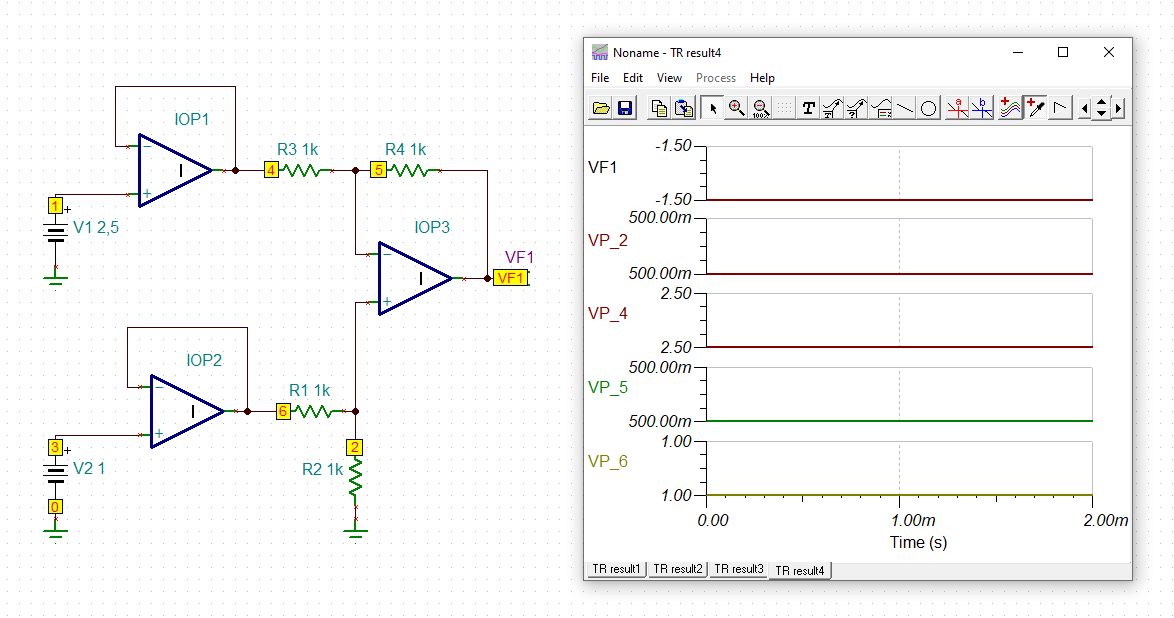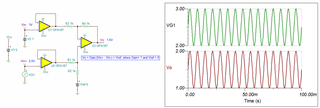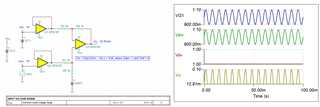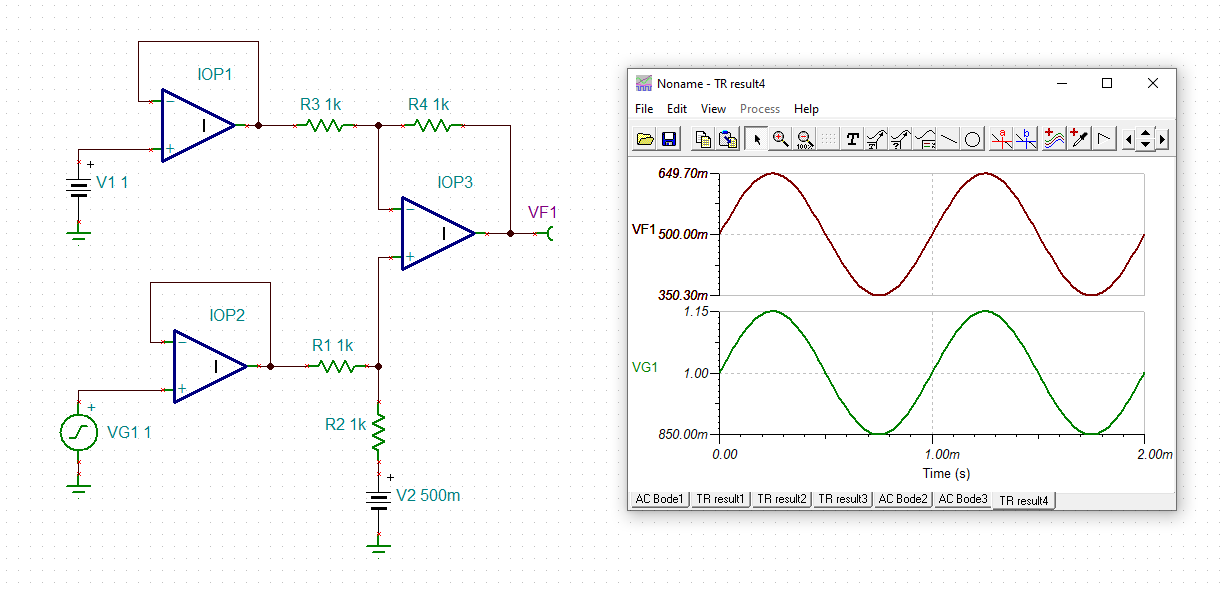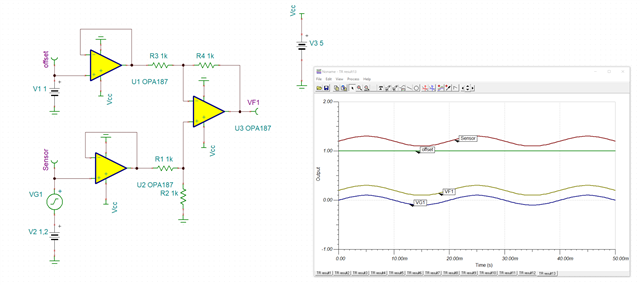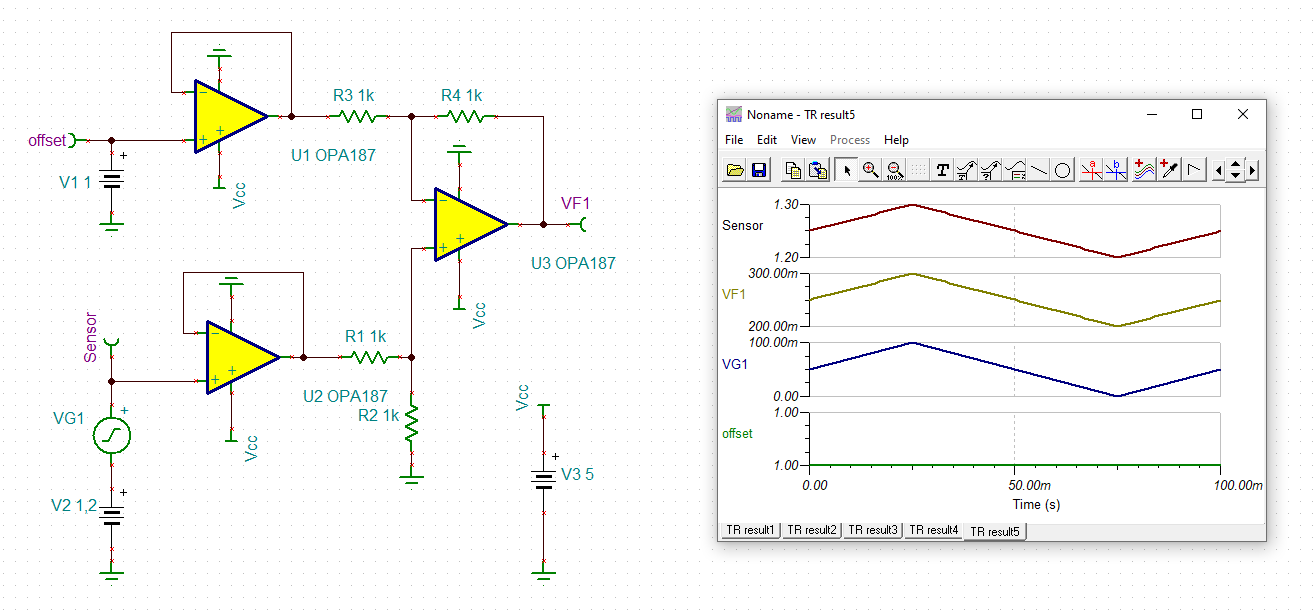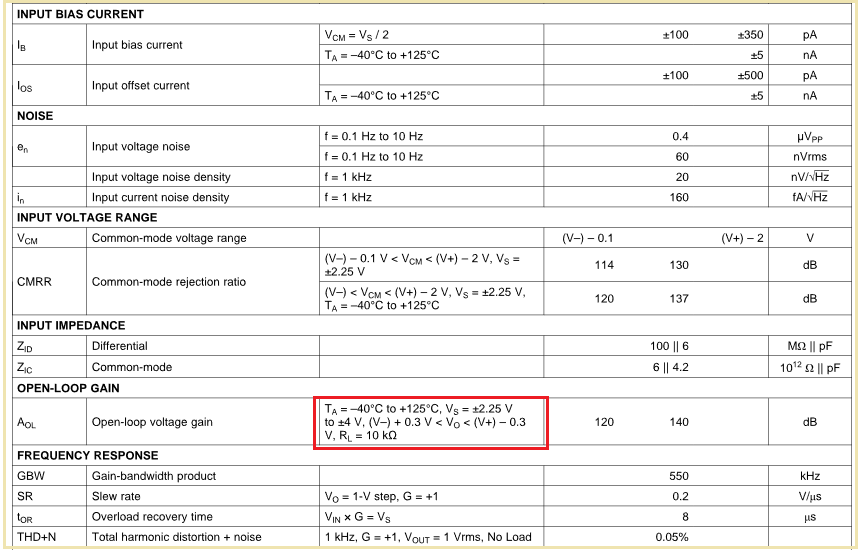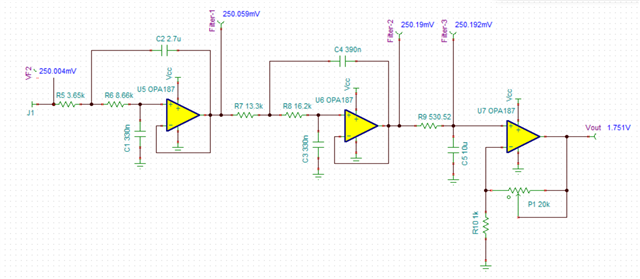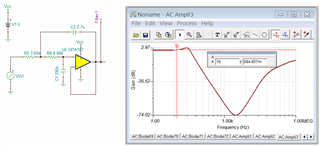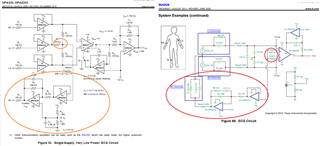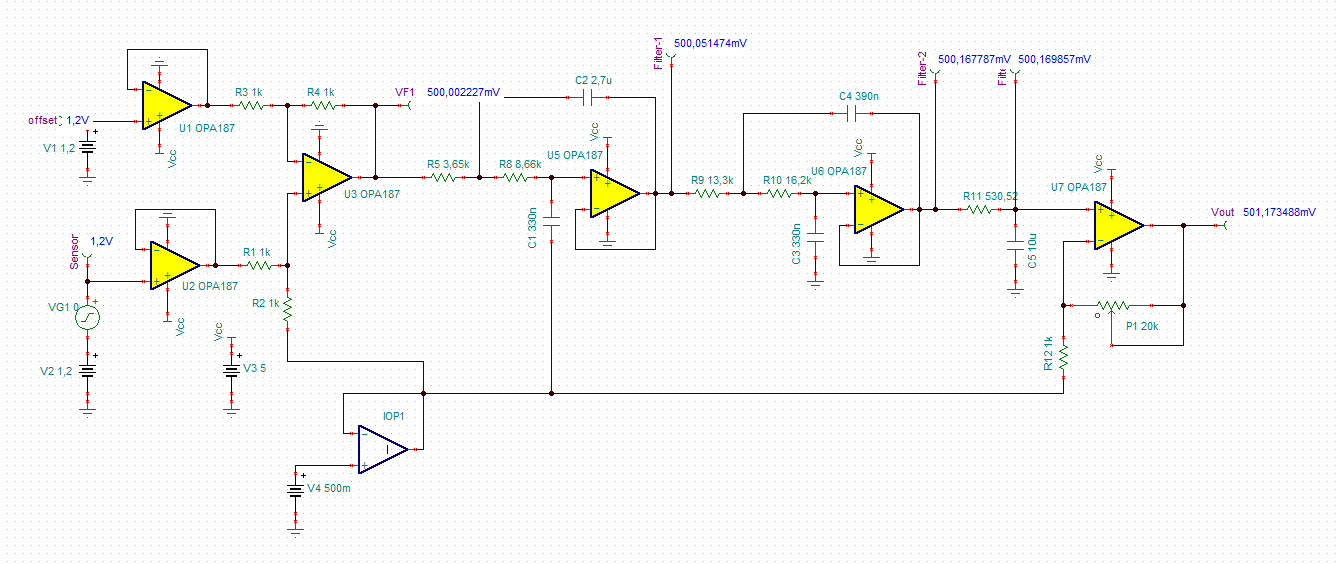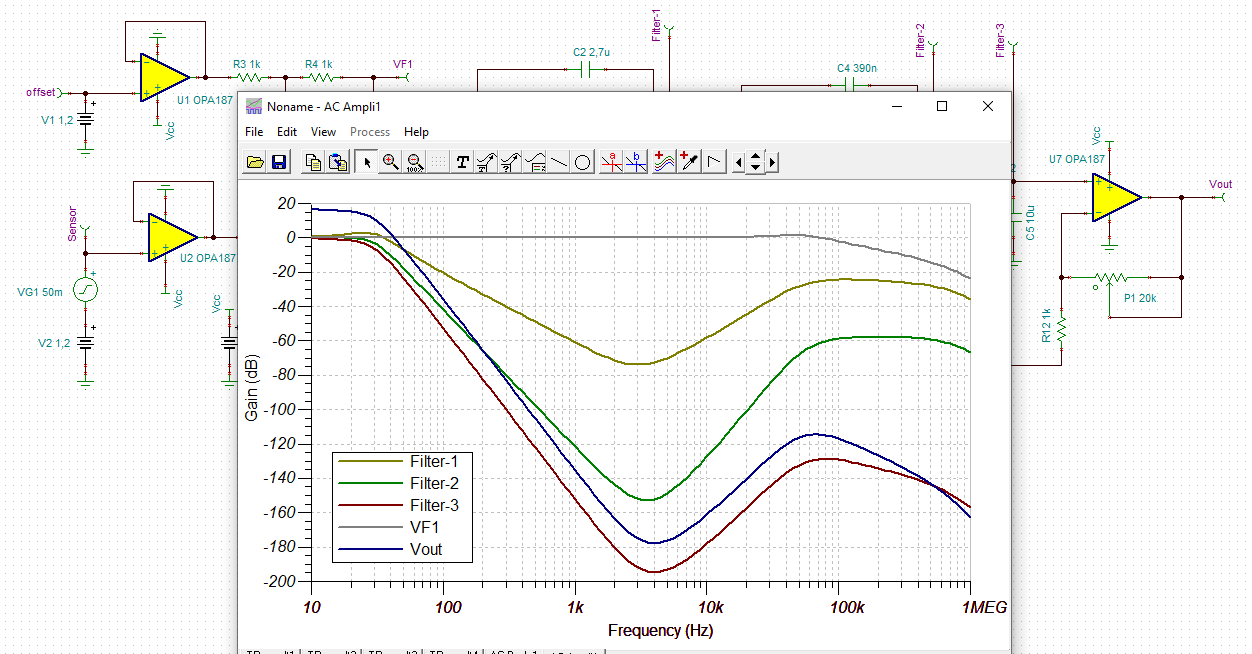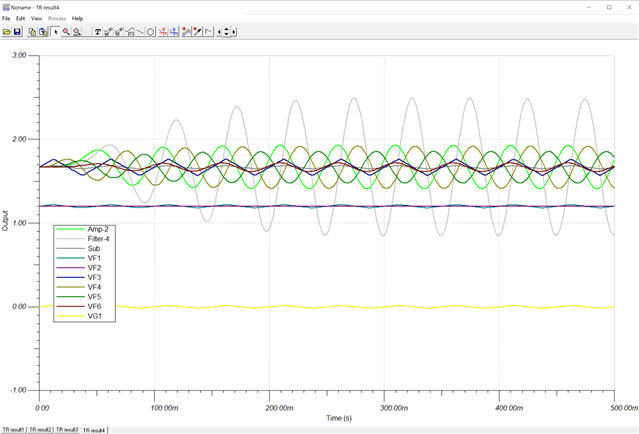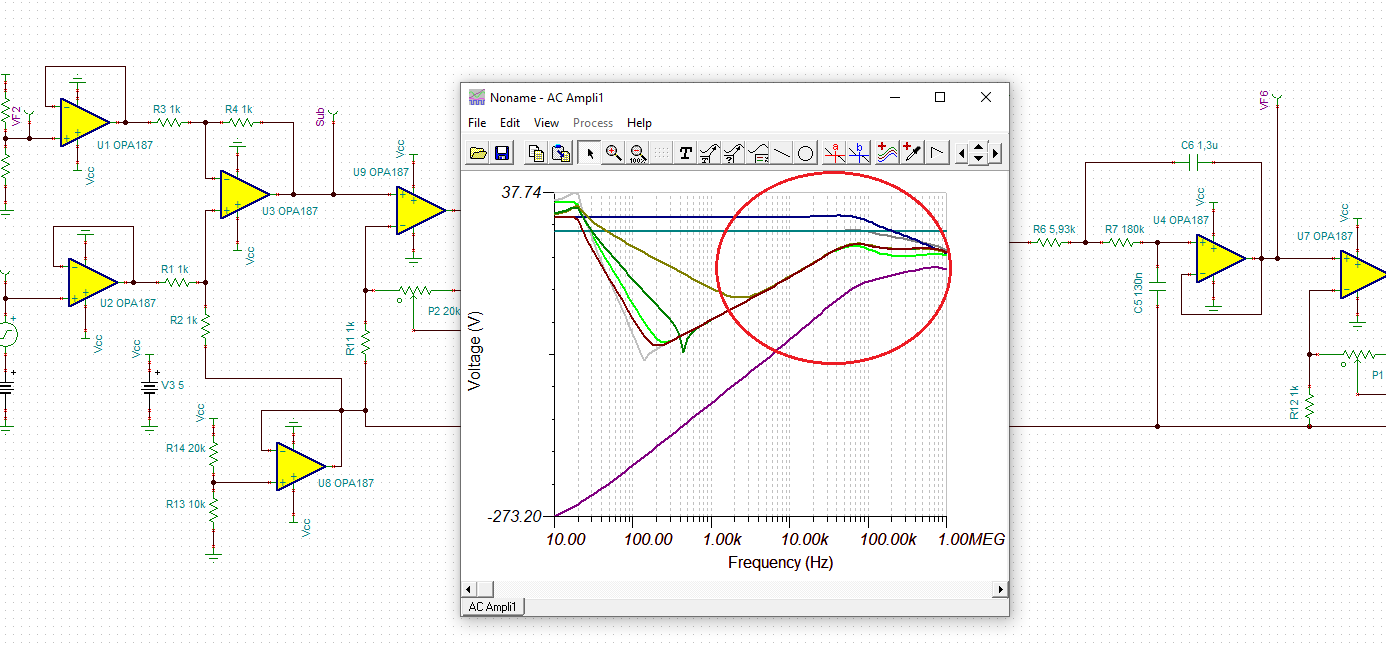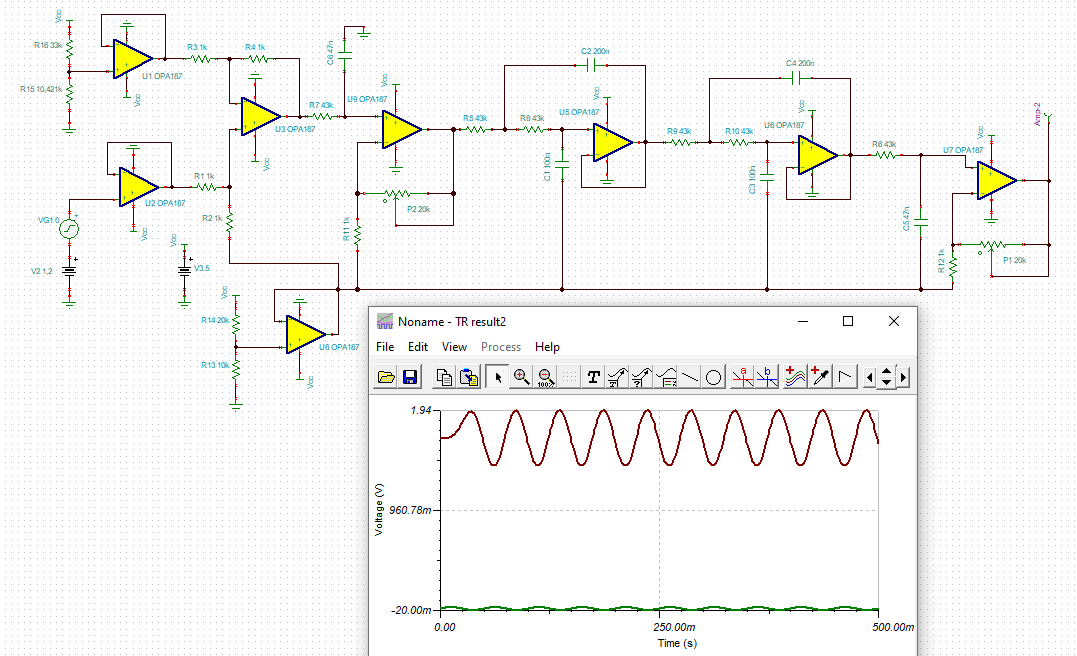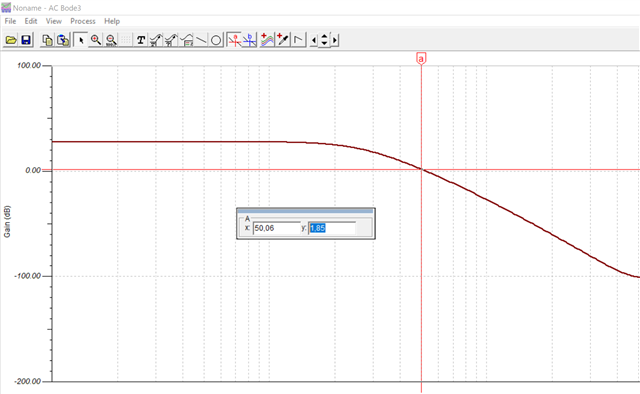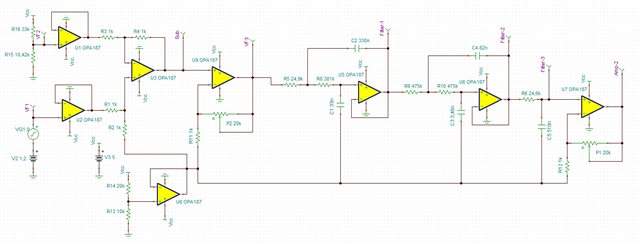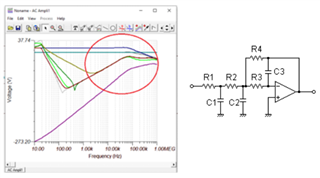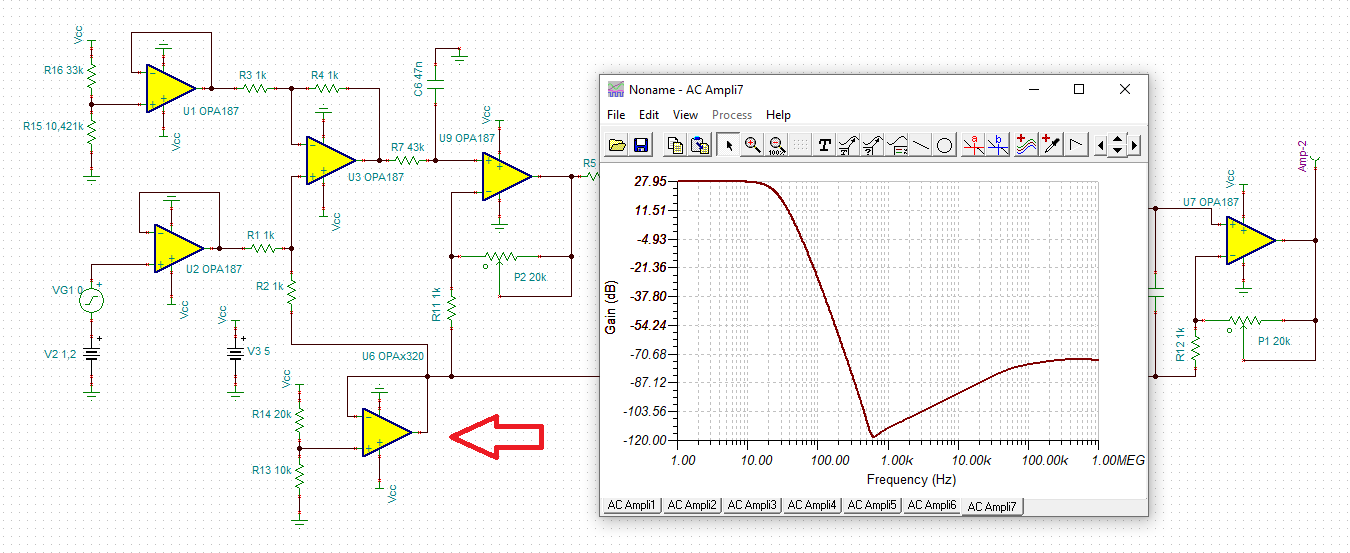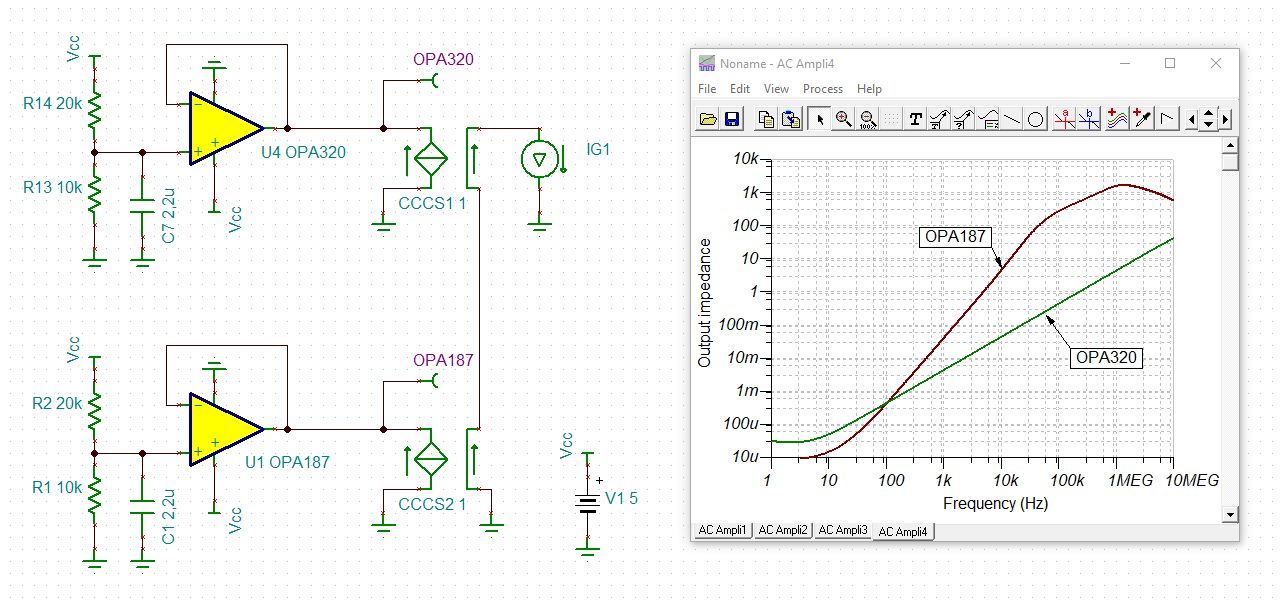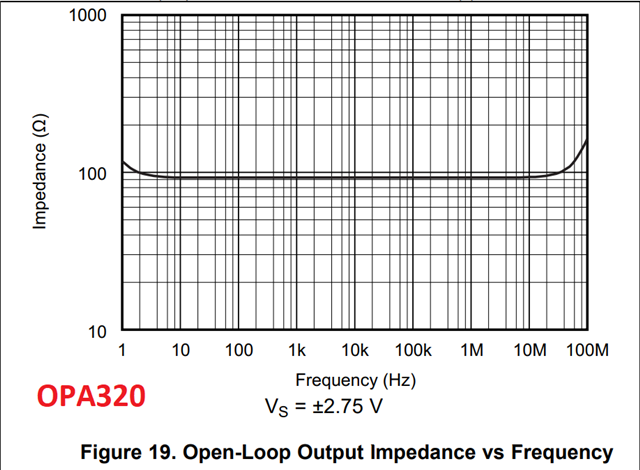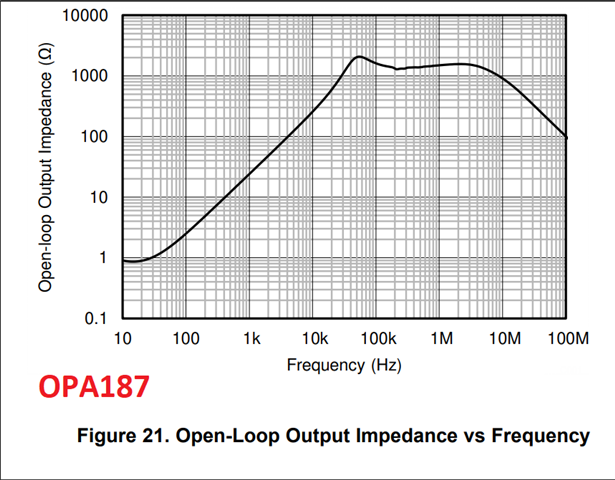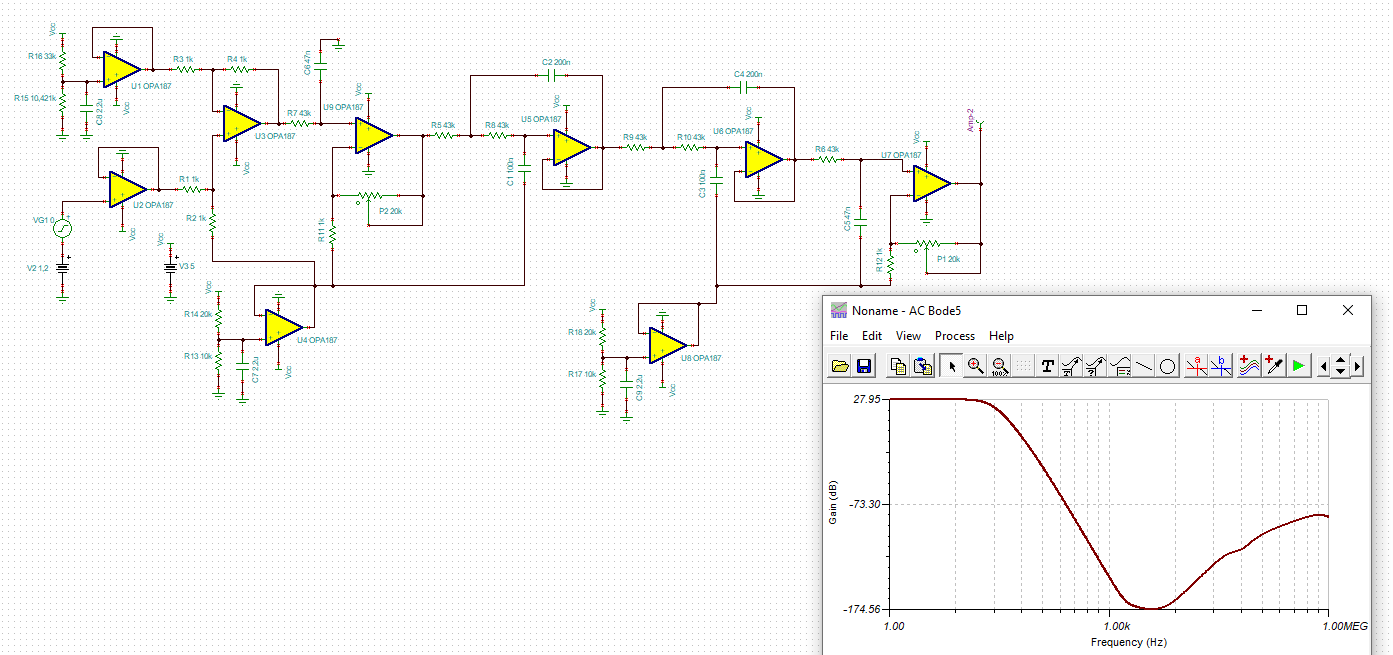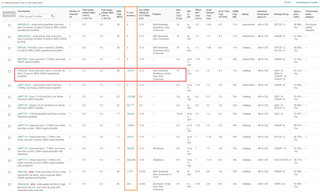Other Parts Discussed in Thread: TINA-TI, OPA187, CC2640R2F, LM7705, OPA320, OPA2320
Hello,
I am working on a project where I made the first prototype on a breadboard and soldered the OPA4187 opamp dead bug style on a breakout board. In the circuit, I am using two of those OpAmps. The first one is used to design three Buffer circuits and one subtractor circuit. And the second OpAmp is used to design three filters and one amplifier. The breadboard design worked perfectly. But when I designed the PCB board the second OpAmp circuit is behaving a bit odd. It has a couple of volts of offset voltage on the output of one of the filters (U5). Even if I ground the input of that filter, the output of the filter stays at around the 2-volt level. The only difference between the breadboard circuit and the PCB design is that in the breadboard design, I did not connect the thermal pad to GND and in the PCB the thermal pad is connected to GND. It's a single-rail operation.
My sensor (V2) has a DC offset of around 1V that's why I am using the subtractor circuit (U3) to minimize the offset. The filters (U5, U6) are there to remove the noise, and at the end, the Amp (U7) is used to increase the gain of the signal. And the last filter (U8) is still not in use (not connected to the circuit), I may use it later on, Currently, The plan is to directly feed the Amplifier's output to the ADC pin of the MCU.
Due to having the extra offset, I am unable to use the Amplifier (U7) as it's unable to amplify the signal. When I increase the value of the pot (R11) it only increases the gain of the noise.
I have changed the opamp, tested each stage of the circuit separately. It looks like I am getting that offset voltage at the first filter stage. Currently, the Buffer section (U4) has an offset value of 1V (to get proper output). But the filter should not have any gain. Any idea why I am getting a higher offset value at the output of the filter (U5)?
Thank you.



